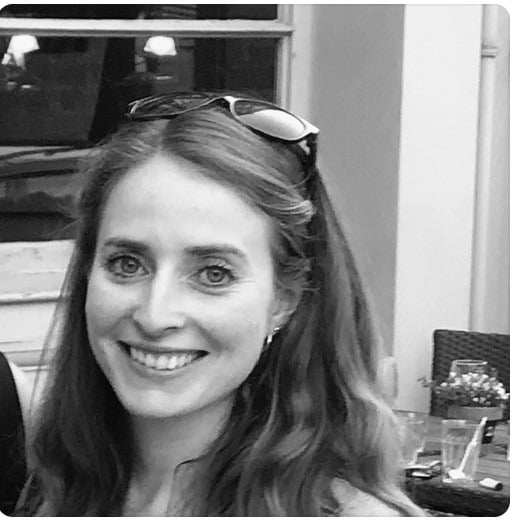The Three States of Matter (Edexcel IGCSE Chemistry (Modular)) : Revision Note
States of matter
The three states of matter are solids, liquids and gases
A substance can usually exist in all three states, dependent on temperature (and pressure)
State changes occur at the melting point (solid to liquid, liquid to solid) and at the boiling point (liquid to gas and gas to liquid)
Melting and freezing occur at the melting point
Boiling and condensing take place at the boiling point
Individual atoms themselves do not share the same properties as bulk matter
The three states of matter can be represented by a simple model
In this model, the particles are represented by small solid spheres
Summary of the properties of the three states of matter
| Solid | Liquid | Gas |
|---|---|---|---|
Diagram |  |  |  |
Arrangement of particles | Regular arrangement | Randomly arranged | Randomly arranged |
Movement of particles | Vibrate about a fixed position | Move around each other | Move quickly in all directions |
Closeness of particles | Very close | Close | Far apart |
Changing states of matter
The amount of energy needed to change state from solid to liquid and from liquid to gas depends on the strength of the forces between the particles
The stronger the forces between the particles, the more energy that is needed to overcome them
Therefore, the stronger the forces between the particles the higher the melting point and boiling point of the substance
Changing states is a physical change
The particles themselves remain the same, it is just the forces between the particles which change
Melting
Melting is when a solid changes into a liquid
Heat / thermal energy absorbed by the particles is transformed into kinetic energy
This causes the particles to vibrate more and start to move / flow
Melting happens at a specific temperature, known as the melting point (m.p.)
Boiling
Boiling and evaporation are both when a liquid changes into a gas
However, there is a key difference between boiling and evaporation
In boiling, heat / thermal energy causes bubbles of gas to form inside the liquid, allowing for liquid particles to escape from the surface and within the liquid
Boiling happens at a specific temperature, known as the boiling point (b.p.)
Freezing
Freezing is when a liquid changes into a solid
This is the reverse of melting and occurs at the same temperature as melting
So, the melting point and freezing point of a pure substance are the same
For example, water freezes and melts at 0 ºC
Freezing needs a significant decrease in temperature (or loss of thermal energy) and occurs at a specific temperature
Evaporation
Evaporation occurs over a range of temperatures
It can happen at temperatures below the boiling point of the liquid
Evaporation occurs only at the surface of liquids where high energy particles can escape from the liquid's surface at low temperatures
The larger the surface area and the warmer the liquid surface, the more quickly a liquid can evaporate
Condensation
Condensation occurs when a gas changes into a liquid on cooling and takes place over a range of temperatures
When a gas is cooled its particles lose energy and when they bump into each other they lack the energy to bounce away again, instead, they group together to form a liquid
Sublimation
When a solid changes directly into a gas
This happens to only a few solids, such as iodine or solid carbon dioxide
The reverse reaction also happens and is called desublimation or deposition
Changing states of matter

State changes require a change in the energy of the particles
Examiner Tips and Tricks
Questions may show state changes with a reversible arrow: ⇌, which means that the process can go forwards and backwards.

You've read 0 of your 5 free revision notes this week
Sign up now. It’s free!
Did this page help you?

